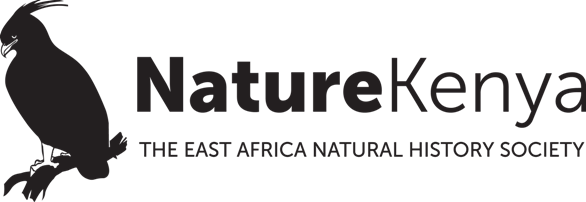By Francis Kagema
Sabaki River Estuary is where the Athi-Galana-Sabaki River flows into the Indian Ocean, just north of Malindi in Kilifi County, along Kenya’s picturesque northern coastline. This diverse estuarine ecosystem comprises sediments, silt and sand deposited over the years, forming a mosaic of landscapes.
Every year, hundreds of tourists and thousands of students visit this site for recreational and educational purposes.
As the salty waters of the Indian Ocean mingle with the fresh water of the Sabaki River, they give rise to unique habitats that teem with crocodiles, hippos, reptiles, crustaceans and birds. The sandy shores flanking both sides of the estuary extend into Malindi Bay and are critical turtle breeding grounds. Mangroves, with their tangled roots and bright green canopies, stand as sentinels against the ebb and flow of the tides and the fury of storms. Beyond the mangroves are mudflats that attract flocks of thousands of Palearctic migrant birds, feeding on invertebrates in the mud to power their long-distance flights. Many local bird species, including some Lesser Flamingoes, have made this estuary their permanent residence.
Now, as you venture into the Sabaki River Estuary, a new imposing 450m boardwalk greets you. This new structure, along with a bird photography hide and a picnic banda, will offer tourists an unforgettable tour of the estuary once it is operational. Nature Kenya implemented the construction of the new facilities with funding from the United Nations Environment Programme (UNEP) through its Western Indian Ocean Strategic Action Programme (WIOSAP). Local communities, including members of the Sabaki River Development and Conservation Organization (SARICODO), are expected to benefit from the facilities through ecotourism by offering tour guiding and related services. Part of the revenue collected from the facilities will also go to the communities.
The estuary is one of Kenya’s 68 Key Biodiversity Areas, with over 240 bird species recorded, including 91 species of water birds. It is an important resting, roosting and feeding ground for gulls and terns. The estuary and the nearby turbid coastal waters are also an important nursery ground for prawns and numerous species of fish and crustaceans, which are of commercial importance.
Although the estuary is a haven of natural beauty and biodiversity, it faces numerous threats. Illegal logging of mangroves is a critical issue that jeopardises the balance of the estuarine environment and destroys essential habitats for various species. Overfishing and harmful fishing techniques endanger the ecological balance of the estuary and the future of artisanal fisheries. Unregulated tourist activities also pose a threat to the site.
To conserve the estuarine ecosystem in perpetuity, WIOSAP also funded a project to develop a site management plan for the estuary. This management plan is expected to guide the estuary’s sustainable development and management through a collaborative approach, creating a sustainable future for the estuary and the adjacent community. The Kilifi County government has committed to supporting the implementation of the management plan to ensure that its good objectives are realizedwithin the ten-year implementation period.
“At the end of the management plan’s implementation period, we hope to have a conserved estuary, increased biodiversity and enhanced livelihoods for local communities,” says Omar Said Omar, the County Executive Committee Member (CECM) for Water, Environment, Forestry, Climate Change, Natural Resources and Solid Waste Management, County Government of Kilifi.
The project has also empowered SARICODO to conduct conservation activities such as site monitoring and patrol, mangrove restoration, and awareness creation.
